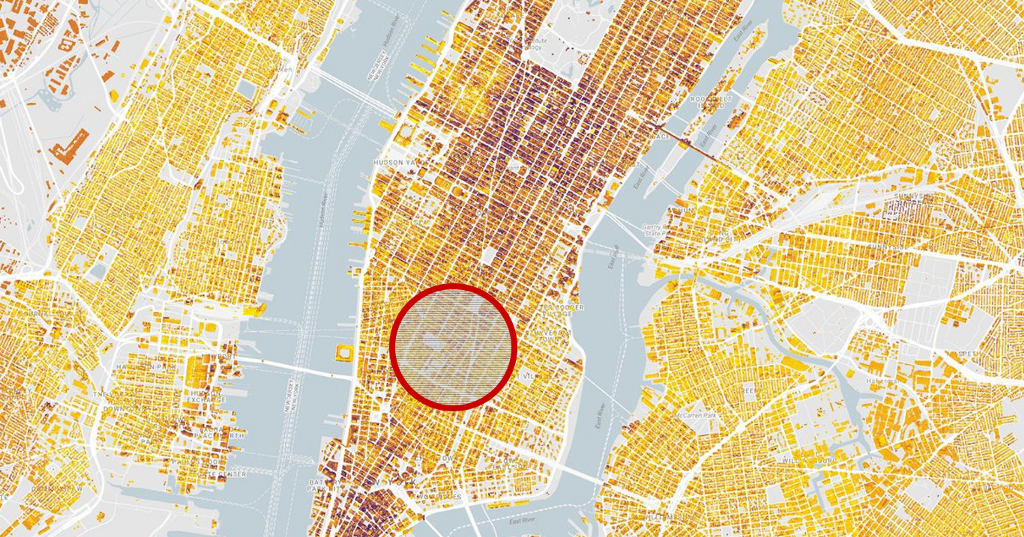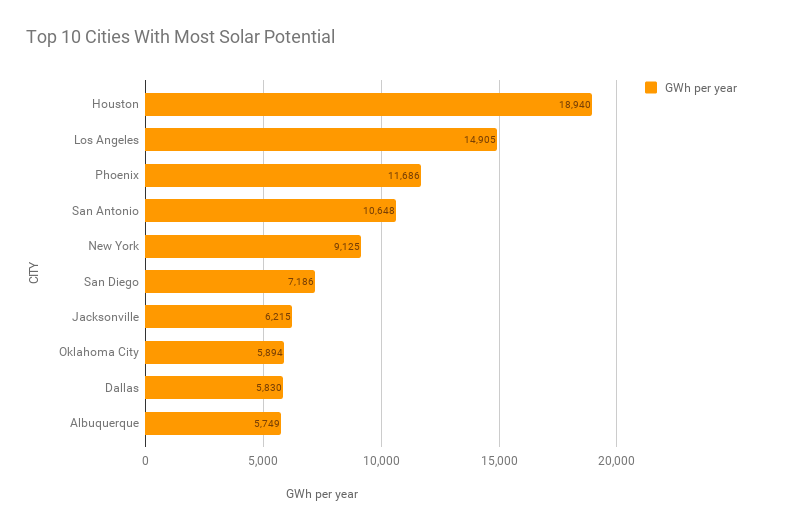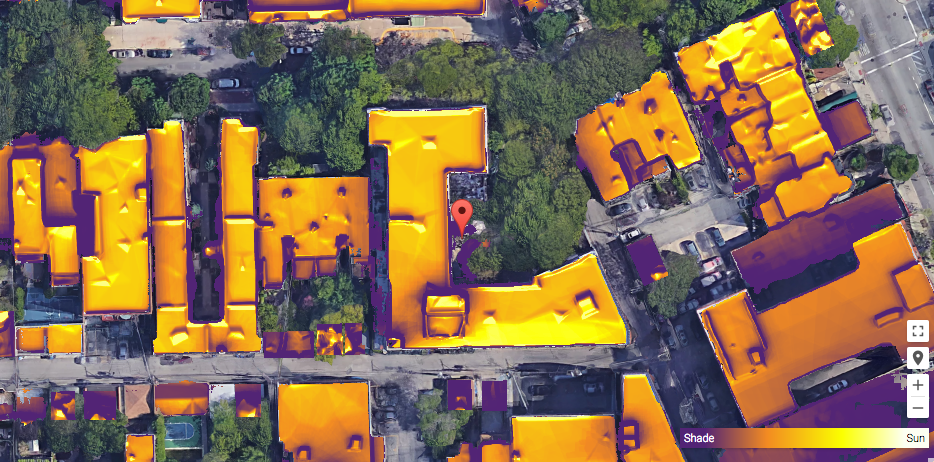Google Can Tell You If You Should Have A Sun Panel On Your Roof

Google harnesses its energy from the sun and so should we.
Google recently announced that by the end of 2017, a decade after they installed their very first solar panel, the company’s entire global operation will run exclusively on renewable energy. Having done everything they can do to reduce their own carbon footprint, Google is now releasing a tool entitled Project Sunroof to encourage everyone else to do the same.
The tool uses Google Earth images and data to analyze roof shapes and regional weather patterns to determine how viable of an option solar panels are for different roofs. They haven’t analyzed every building in the US yet, but after pulling the data for more than 60 million of them, they found that 79% of building roofs could successfully generate energy from solar panels.
The roofs with the most solar potential are in good physical condition, aren’t surrounded by too many trees or tall buildings, and have south or southwest exposure. The nation’s sunniest buildings are in Hawaii, Arizona, Nevada and New Mexico where a combined 90% of roofs are prime candidates for solar panel installation. Houston is the single sunniest city with 18,940 gigawatt-hours (GWh) of rooftop solar potential per year.

The sun produces an unfathomable amount of energy every second, but less than 1% of US energy comes from solar power. To put this into perspective, Project Sunroof analysis estimates that if the top 10 solar-viable cities reached their full potential, the energy they harnessed could power at least 8 million US homes.
To get a sense of your own home’s solar viability, simply enter your address and the program will calculate the number of usable sunlight hours per year in your area and an estimate of your home’s available square footage for solar panels.

The tool also provides a cost savings estimator and contact information for local solar panel providers to make the process as simple as possible. They’ve also created a guide to going solar to help readers through the process. And in an age where our government repeatedly shows its lack of interest in preserving the environment, it’s time for individuals to step up and embrace clean energy themselves.
All images from Google’s Project Sunroof.
